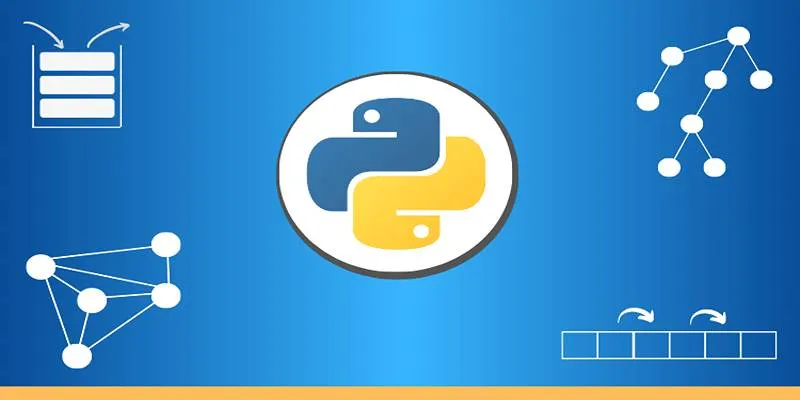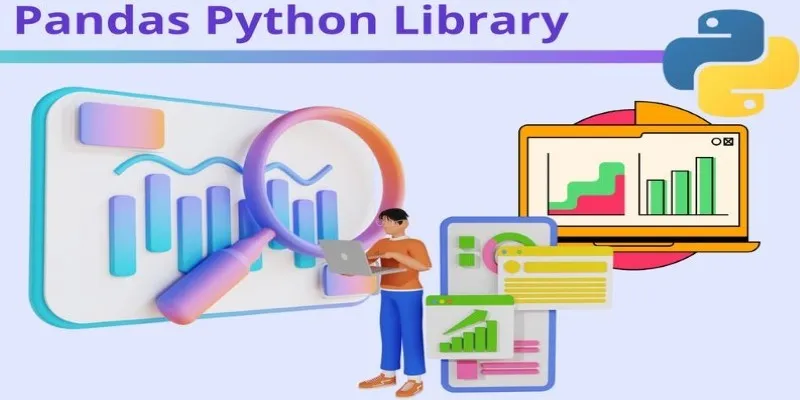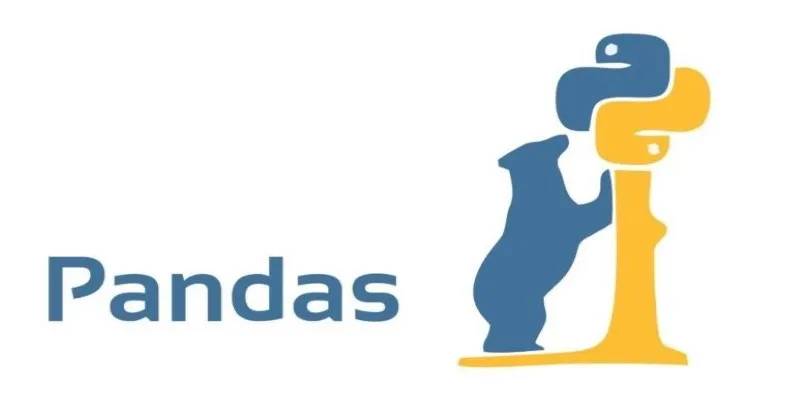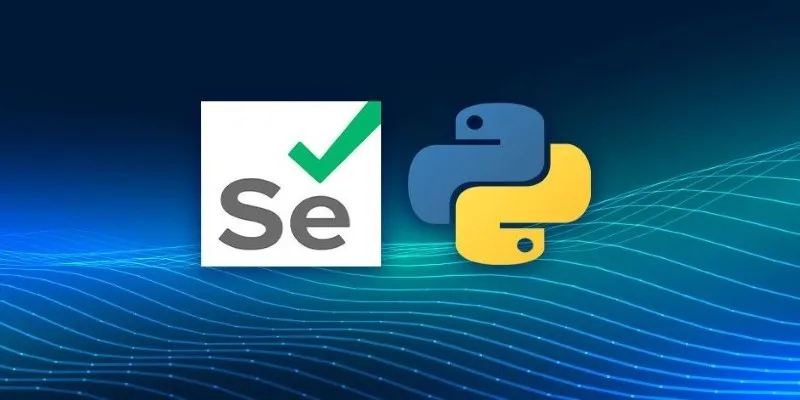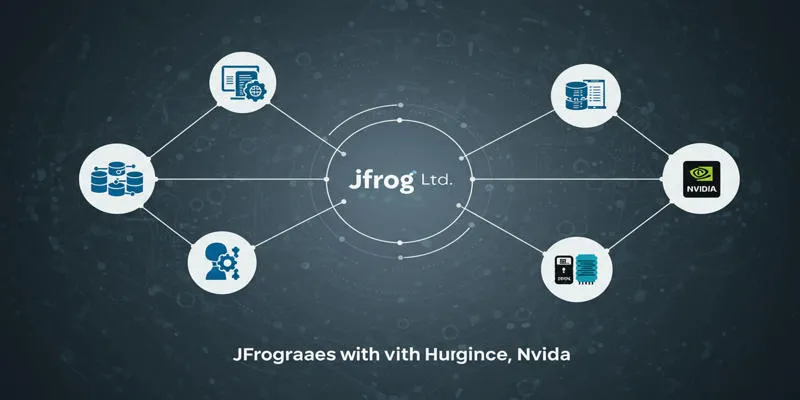Programming languages often act like gatekeepers, demanding declarations and type checks before anything runs. Python takes a different route. It focuses on behavior—if an object can do what’s needed, it’s good enough. This approach is called Duck Typing. Rather than asking what something is, Python asks what it does.
If it walks and quacks like a duck, that’s all it needs. Duck Typing encourages clean, flexible code and skips rigid rules. However, with this freedom comes the need to understand how it works to avoid runtime surprises. Let’s unpack what Duck Typing in Python really means in practical terms.
What Is Duck Typing in Python?
Duck Typing in Python is based on the idea that the type of an object is less important than the methods and properties it has. This is a kind of dynamic typing where the language doesn’t require you to declare types explicitly. Instead, Python evaluates objects at runtime to determine whether they can be used for a specific task.
Let’s say you write a function that expects an object to have a read()
method. In a statically typed language, you’d probably define an interface or
a base class that guarantees any object passed to the function will have that
method. Python skips that part. It doesn’t care if the object is a file, a
socket, or even something you invented—as long as it has a read() method
that behaves as expected, Python’s good with it.
This principle enables more intuitive, cleaner code. You can have a single function dealing with all types of “readable” objects—files, buffers, or even simulated input streams—without having to declare inheritance or types. It’s the ultimate demonstration of deferring reliance on behavior to structure.
However, the absence of type constraints also means you’re on your own when
something doesn’t behave as expected. If you pass in an object without a
read() method, Python won’t complain until it tries to call that method and
fails. The error won’t show up at compile time because there’s no compilation.
It will blow up during execution.
That’s both the charm and challenge of Duck Typing in Python: trust until runtime.
Real-World Examples: Walking and Quacking

To really understand how Duck Typing in Python works, you have to see it in action. Let’s say you have a function that takes a “file-like” object and processes its contents. With Duck Typing, you don’t care whether it’s an actual file or not:
def print_contents(resource):
content = resource.read()
print(content)
This function works for any object that has a read() method. That could be:
- An actual file object from
open() - A
StringIOobject from theiomodule - A custom class with a
read()method
Here’s a custom example that also works:
class MockFile:
def read(self):
return "Simulated file content."
mock = MockFile()
print_contents(mock)
Because MockFile has a read() method, it’s functionally indistinguishable
from a real file in the eyes of the print_contents() function. That’s Duck
Typing in action.
This flexibility also shows up when working with built-in functions and data
structures. Consider the len() function. It works on strings, lists, tuples,
and even dictionaries. Why? Because they all implement the special method
__len__(). Python isn’t checking the “type” of the object—it’s checking
whether it has the __len__() method and whether that method does what it’s
supposed to.
The same principle holds when you write code. You can use Duck Typing to allow broader input, simplify class design, and avoid tight coupling between objects and their types.
However, this openness can be a double-edged sword. If someone passes an
object that doesn’t behave the way your code expects, it might fail
dramatically. Python will raise an AttributeError or TypeError, and since
there’s no prior warning from the compiler, you’ll need to rely on testing or
runtime safeguards.
That’s why, in critical parts of the codebase, developers often use functions
like hasattr() or even try-except blocks to provide more graceful handling.
The Upside and the Hidden Costs of Duck Typing
Duck Typing in Python offers a major advantage: flexibility. It allows functions to work with any object that behaves as expected, regardless of its actual type. This behavior-first approach supports reusable code and keeps things simple, which is a core reason developers love Python.

When speed matters—like in prototyping or building small utilities—Duck Typing accelerates development. You don’t have to define complex class hierarchies or worry about rigid interfaces. Just ensure the object passed in “walks and quacks” like the one you need.
Duck Typing pairs beautifully with Python’s functional tools like map(),
filter(), and list comprehensions. You can pass in different object types as
long as they support the required operations, enabling expressive, elegant
code.
Still, it has its trade-offs. Because Python checks types at runtime, you miss out on compile-time safety. If you make a typo or call a method that doesn’t exist, the program crashes when it hits that line—not before. This delayed feedback can introduce subtle bugs that only show up under certain conditions.
To improve reliability, many teams now use type hints and static checkers like
mypy. These tools don’t change Python’s dynamic nature but add a safety
layer during development.
Another downside is readability. Without clear type declarations, it’s harder to understand what a function expects. This can lead to confusion, especially in large or legacy codebases.
Even with these challenges, Duck Typing remains a cornerstone of Python—favoring behavior, simplicity, and adaptability over rigid formality.
Conclusion
Duck Typing in Python reflects the language’s core philosophy: focus on what
code can do, not what it’s labeled as. By emphasizing behavior over strict
types, it enables flexible, concise, and expressive programming. While this
approach brings speed and elegance, it also shifts responsibility to the
developer. Without compile-time checks, small mistakes can cause runtime
issues. Tools like type hints and mypy help balance flexibility with safety.
In the end, Duck Typing empowers developers to write adaptive code—trusting
that if something behaves like a duck, Python will let it fly. Just make sure
it doesn’t fall mid-flight.
 zfn9
zfn9

